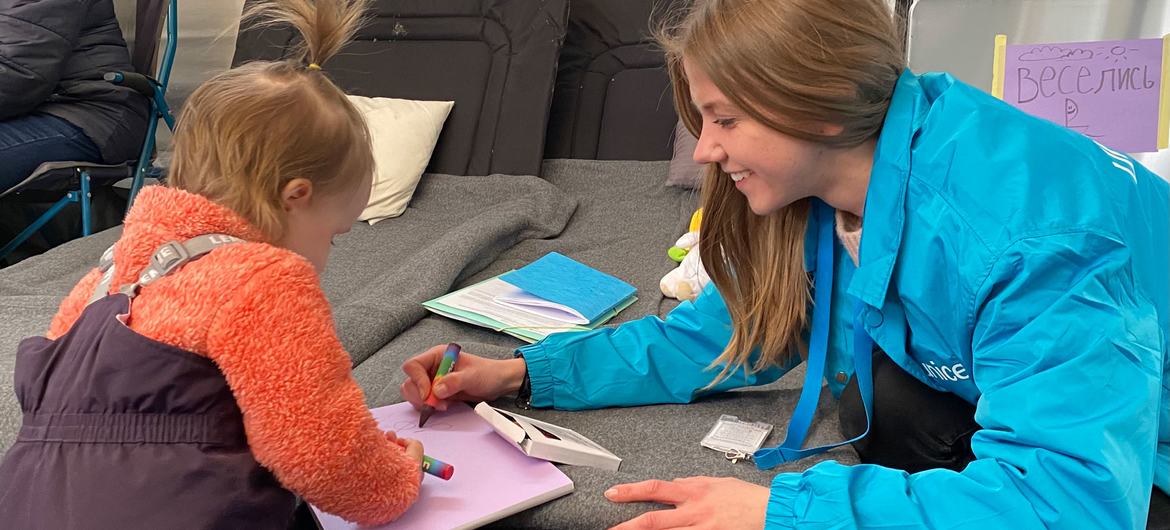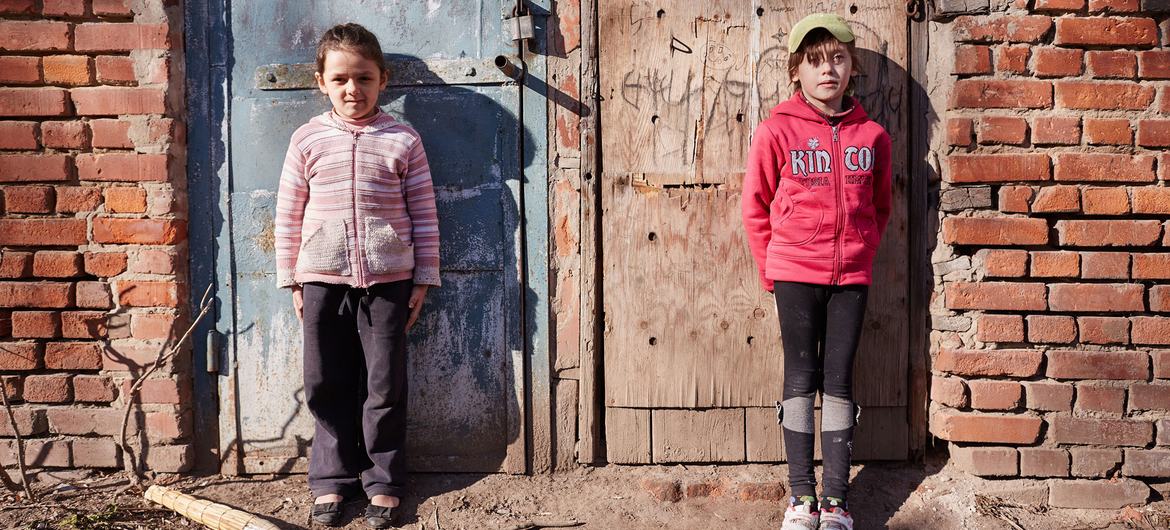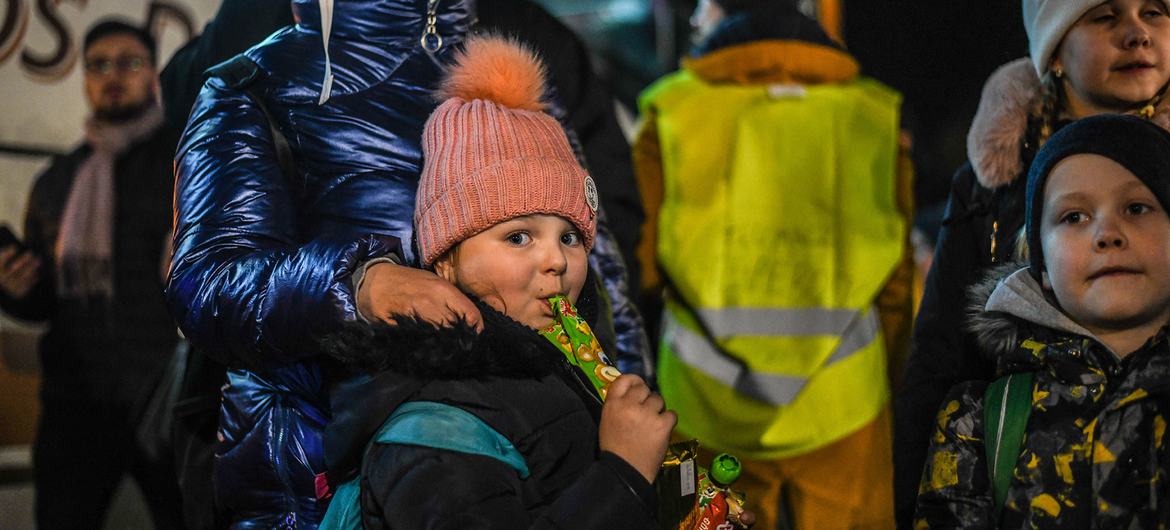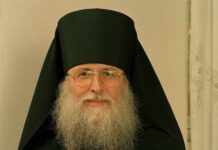After a month of war, local authorities have reported that more than 733 educational institutions have been damaged or destroyed.
Beyond learning, education offers a protective environment that is even more relevant to crisis-affected populations, particularly children, the UN Educational, Scientific, and Cultural Organization (UNESCO) said in a press release.
UNESCO has also announced that it is mobilizing support for learning continuity. Through its Global Education Coalition. Created in 2020 to facilitate distance learning solutions during the COVID-19 pandemic, the Organization will provide computer hardware and digital learning tools to young refugees.
Temporary protection
Every humanitarian crisis is also an education crisis, but one unprecedent factor of the war in Ukraine, is that the European Union (EU) decided early on to activate its temporary protection scheme, which allowed the millions fleeing the wartorn country, to enjoy equal rights to benefits.
The EU countries directive grants access “to persons under 18 years-old benefiting from the temporary protection status under the same conditions as their own nationals and EU citizens”, UNESCO notes.
Adopted on 4 March, less than two weeks after the Russian invasion started, the directive had an immediate impact, and prompted a dynamic influx of refugees, with Ukrainian nationals able to move freely into EU countries.
The move, according to the UN agency, “calls for increased coordination of host countries, both within and outside the EU, to assist and integrate Ukrainian learners, teachers and education staff in national education systems”.
Mapping the response
UNESCO’s response includes mapping how host countries are supporting the educational needs of Ukrainian refugees.
This includes transitional measures for integrating learners into mainstream education; language and curriculum considerations; psychosocial support, teacher training and accreditation, among other practical steps related to governance, registration, certification, and financial support.
In a first review, UNESCO analysed 29 countries’ provisions, and divided the findings into the following categories: transition vs direct mainstreaming, teaching and teachers, credits and examinations, and financial resources.
Students’ inclusion
Many countries mentioned existing programmes and protocols to include foreigners in their national education systems. In Portugal, for example, international students can enroll in pre-K (pre-kindergarten) classes directly, while older students get assessed or go through a transition process. The goal is to integrate Ukrainian students as soon as possible.
As such, Portugal introduced extraordinary measures for speedy integration, including simplified procedures granting equivalence to foreign qualifications. Similarly, Belgium, Denmark, France, Lithuania, Slovakia and Spain, mentioned ‘bridging’, ‘reception’ or ‘adaptation’ classes.
These transition classes provide language classes, familiarise students with their local education system, provide counsellors for psychological support, and evaluate competencies. As the students strengthen their language skills and get evaluated, they can then be integrated into regular classes.
Some countries offer public education with instruction in a minority language. In Romania, for instance, there are 45 schools and ten high schools offering instructions in Ukrainian.
Some initiatives also include connecting Ukrainian refugee students with distance learning options in Ukrainian.
The UK for instance is launching the Homes for Ukraine Scheme for visa applications from Ukrainians who have people willing to sponsor them.
People arriving under this scheme will be able to live and work in the UK for up to three years, access healthcare, benefits, employment support, and their children will be able to attend local schools and receive English language lessons.
Language barriers
According to UNESCO, the large influx of Ukrainian refugee students will pose particular challenges, such as the obvious language barrier. Teachers will need support dealing with that, as well as how to gradually incorporate students into a welcoming classroom; how to discuss the Russian invasion and the state of the war in their homeland; and how to provide them cultural and psychological support.
Besides providing material and training on handling the language barrier -provided by several countries’ education ministries already in some cases – other options include experimenting with bilingual material, learning basic Ukrainian, using translation apps, and using interpretation services for more complex communication struggles.
In addition to language support, an often-mentioned measure across education ministry websites is providing materials and direction to teachers on how to discuss the war with students, including webinars and podcasts.
For instance, Croatia, Czechia (the Czech Republic), and Slovakia have handbooks on how to protect pupils’ mental health, prevent conflict in classes, and talk about sensitive topics.
In Paris, a Ukraine ‘crisis unit’ was created, and one of its services is to provide teachers with an online pamphlet outlining how to welcome pupils who have suffered trauma.
Policy gaps and available resources
In the crucial policy area of how host countries tackle final exams, transfer of credits in higher education and teaching accreditation, UNESCO found that understandably, very little has been prepared to help Ukrainian students so far.
Furthermore, in the resources area, some governments have developed financial measures to support the education response, such as extra-budgetary allocation.
That was the case of France, Italy, Poland, and Romania. In Italy, for example, €1 million will be used specifically to include Ukrainian students in national education systems.
In terms of direct financial support, most measures focus on students in higher education. Austria for example has waived the tuition fees for Ukrainian university students currently enrolled in its higher education institutions. In Lithuania, depending on the institution’s capacity, studies for Ukrainian citizens will be State sponsored.
Some countries are also providing support at early stages, such as Romania, where Ukrainian students can be accommodated free of charge in boarding schools, and will receive allowances for study and bedding items, for example.
Strengthening distance learning
According to UNESCO’s Institute for Statistics data, Ukraine’s total school-age population stands at more than 6.84 million students, from pre-primary to the tertiary education level.
“In line with UNESCO recommendations, Ukraine had an effective system in place in response to school closures due to the COVID-19 pandemic, through the All-Ukrainian School platform”, said UNESCO’s Assistant Director-General for Education Stefania Giannini, adding that the UN agency is working with the Government to adapt it to the current needs.
Mapping methodologies
In a dynamic way which can quickly evolve as the war continues, and the influx of people on the move increases and spreads, UNESCO is adopting an incremental approach to its data project.
The data and analysis will occur in waves with an incremental number of countries, increasingly detailed content, and evolving ways of filtering and visualizing information.
The first wave of mapping of 29 countries, is based on a desk review of the information found on host countries’ Ministries of Education websites.
Next steps
The mapping will also specify if any non-EU country relies on existing legislation for access to education or is also issuing special directives for the Ukraine crisis.
In doing so, it will also allow host countries to take stock of concrete steps taken to integrate and support Ukrainian learners and teachers fleeing the war, including international students enrolled in Ukrainian higher education institutions.
















